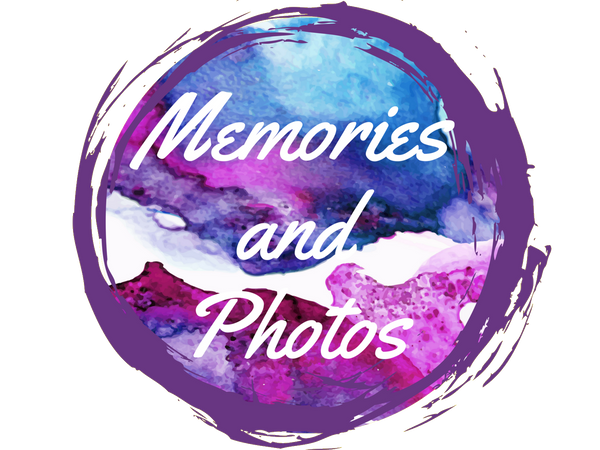Phone Camera Settings 101

A smartphone's camera can be a scrapbookers most useful, immediate, and powerful tool. However, navigating through the myriad of phone camera settings can be overwhelming.
Lets look at a few essential phone camera settings, and see what they are.
The basics
Begin by familiarising yourself with the default camera app on your smartphone. Understand the layout, icons, and menu options. Most camera apps have an intuitive interface, making it easy to access essential settings.
Resolution and aspect ratio
Higher resolutions yield sharper images which you can print in bigger sizes, but they also take up more storage space. Aspect ratio controls the shape of your photos, influencing how they'll fit into your scrapbook layout. 1:1 is a square photo, 3:4 is rectangular.
Focus and exposure
Tap on your phone's screen to temporarily set the focus point. This ensures that your photos have the right clarity and lighting for scrapbooking. You can generally also fix the focus point in the settings menu to avoid tapping every time (if you’re wanting a different focus point for all your photos, this saves time).
Exposure controls how much light gets into the phone camera and is usually defaulted to automatic. You can change the exposure manually, generally by tapping and holding on the screen, and then using the slider to change the settings.
White balance
White balance refers to the colour temperature at which white objects on film look white. But it's not just about the appearance of white; all the colours in your shot are determined by how you set your white balance.
Experiment with different settings such as daylight, cloudy, or tungsten to match the lighting conditions and bring out the vibrancy in your images. You’ll also need this if you’re in snowy or very bright conditions.
HDR (High Dynamic Range)
This feature is especially useful in challenging lighting situations, providing a balanced exposure for your scrapbooking photos. It’s the range of light and dark tones in your photos. The human eye has a very high dynamic range — which is why we can see details in both shadows and highlights.
Grid and composition guides
Activate the grid overlay in your camera settings to aid in composition and keeping your horizon straight. You’ll find it in your display settings. Use the rule of thirds and other guides to create visually appealing and well-balanced photos.
Burst mode and timer
Burst mode is for capturing a series of shots in rapid succession, which can be useful for getting a range of images to choose the best from, or for capturing fast moving subjects.
The timer feature allows you to set up your shot and join in, ensuring everyone is included in your precious memories. Just set your smartphone on a wall or other solid support. Generally, you can set the timer for 2 secs, 5 secs, and 10 secs delay, giving you time to get in the picture.
Filters and effects
Experiment with filters and effects in your camera app or third-party apps for creative enhancements. However, use them judiciously to complement your scrapbooking style without overwhelming the essence of the moment. The eyes can get a bit tired of lots of fancy effects!
Storage and file formats
Optimise your phone's storage by choosing the right file format (JPEG or RAW) based on your editing preferences. Be mindful of storage limitations, and regularly transfer photos to external devices or cloud storage. Most family photographers will find JPEG format works best. JPEG automatically optimises the photo for you. RAW is used by serious and professional photographers who want to make colour edits etc themselves after the event.
Learning and practice
Finally, the key to mastering your phone camera settings is continuous learning and practice. Experiment with different settings, lighting conditions, and subjects. The more you practice with your phone camera, the more confident and knowledgeable you will be.
